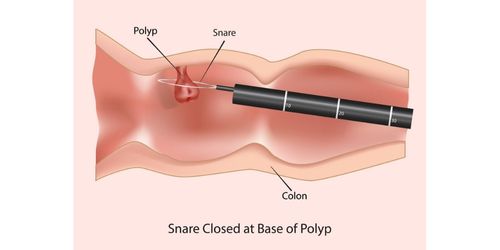Polypectomy – Uterine Polyp Removal
A polypectomy is a minimally invasive procedure performed to remove polyps from the inner lining of the uterus (endometrium). These polyps are typically non-cancerous growths but may cause symptoms such as heavy menstrual bleeding, irregular periods, spotting between periods, and even infertility. Removing these growths can help alleviate symptoms and improve reproductive outcomes.

What to Expect
Before the Procedure
- Transvaginal ultrasound or hysteroscopy is used to locate the polyp
- Fasting may be required if anesthesia is involved
- Routine blood tests and health history evaluation
- Scheduled during the first half of the menstrual cycle for best visibility
During the Procedure
The procedure is typically done using a hysteroscope — a thin, lighted instrument inserted through the vagina into the uterus. The polyp is visualized and gently removed using surgical tools. It can be performed under local or general anesthesia and usually takes less than 30 minutes.
After the Procedure
- Most patients return home the same day
- Light spotting or cramping may occur
- Recovery time is minimal — usually 1–2 days
- Follow-up consultation to discuss pathology report (if biopsy is done)

Benefits of Polypectomy
- Reduces abnormal or heavy menstrual bleeding
- Improves fertility and uterine health
- Minimally invasive with quick recovery
- Helps rule out precancerous or cancerous changes
- May relieve pelvic discomfort or cramping
Ideal Candidates
- Women experiencing heavy or irregular menstrual bleeding
- Women undergoing evaluation for infertility
- Postmenopausal women with uterine bleeding
- Patients diagnosed with uterine polyps via ultrasound or hysteroscopy
Pre- and Post-Procedure Care
Before: Avoid vaginal medications and intercourse 24 hours prior. Follow fasting or medication instructions if anesthesia is used.
After: Mild cramping is common. Avoid intercourse or tampon use for a few days. Watch for signs of infection like fever or unusual discharge. Resume normal activities as advised.
Testimonials
"I was struggling with irregular bleeding for months. After the polypectomy, my cycles became normal and manageable. Thank you, Dr. Rainee!" – Megha S., 37
"We couldn’t conceive for over a year. After removing a uterine polyp, I conceived within 3 months. So grateful for this simple yet life-changing procedure." – Reema J., 31
Frequently Asked Questions
Are uterine polyps dangerous?
Most polyps are benign, but removal is recommended to relieve symptoms and prevent any potential complications or malignancy.
Will the polyp come back?
There is a small chance of recurrence, but regular follow-ups and hormonal balance can reduce this risk.
Is anesthesia necessary?
Not always. Some polypectomies can be done in-office with local anesthesia or sedation, depending on the case.
Does it affect fertility?
Yes — in a positive way. Removing uterine polyps improves the chances of natural conception and enhances the success of fertility treatments.
How long does recovery take?
Most women return to work and daily life within 1–2 days after the procedure.
Contact Dr. Rainee Agrawal
Don’t ignore unusual bleeding or fertility delays. Book your consultation today for expert diagnosis and personalized care.
Contact Us+91 6265 125 460
Contact Person: Dr. Rainee Agrawal

